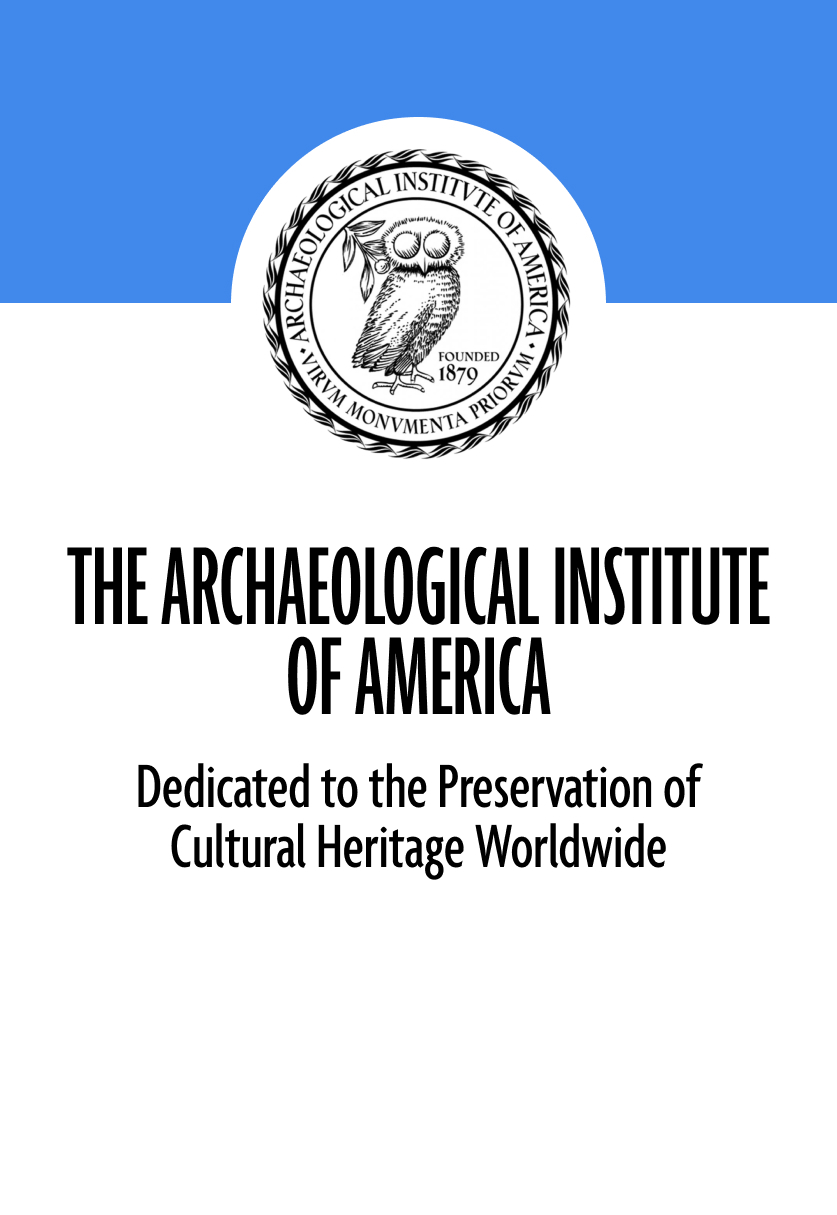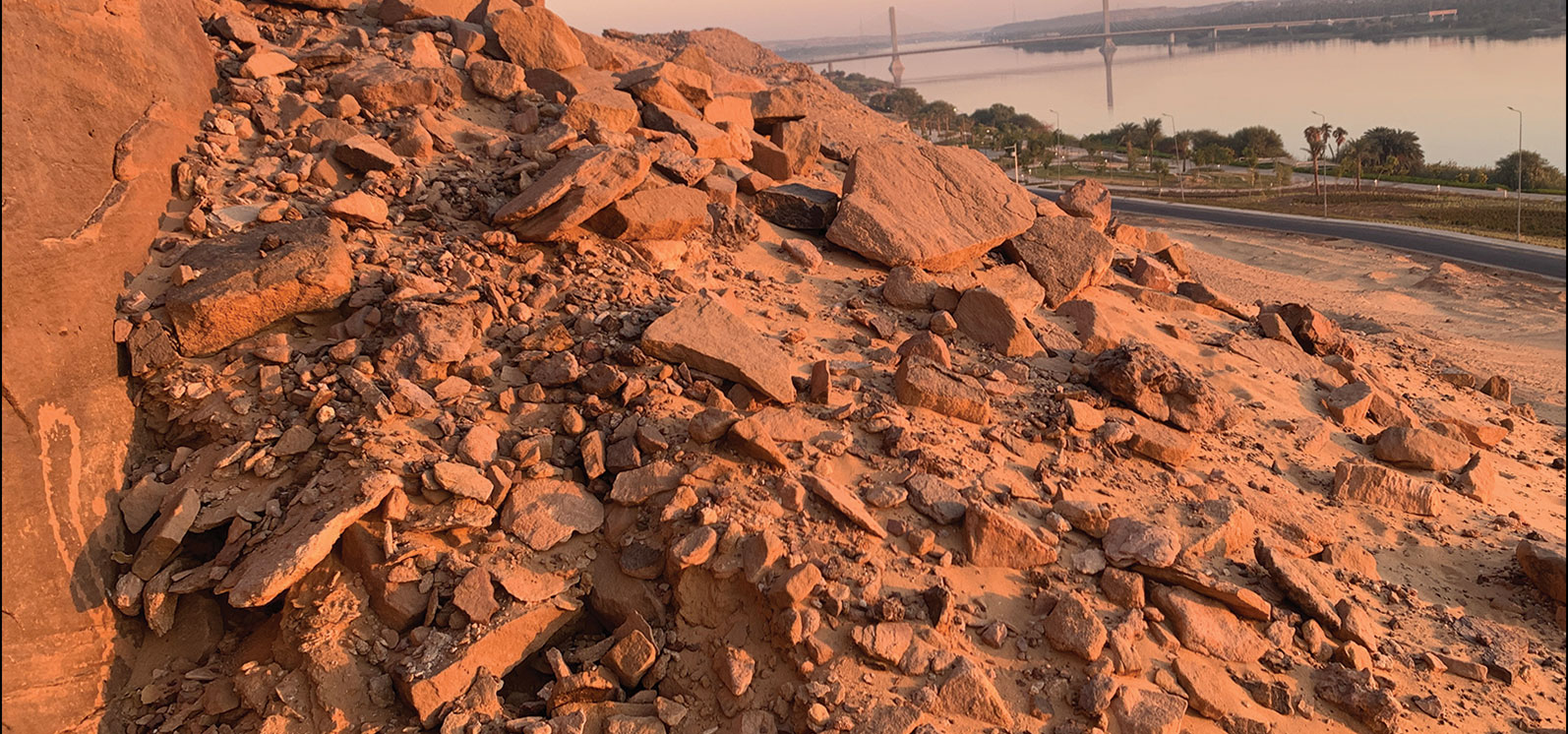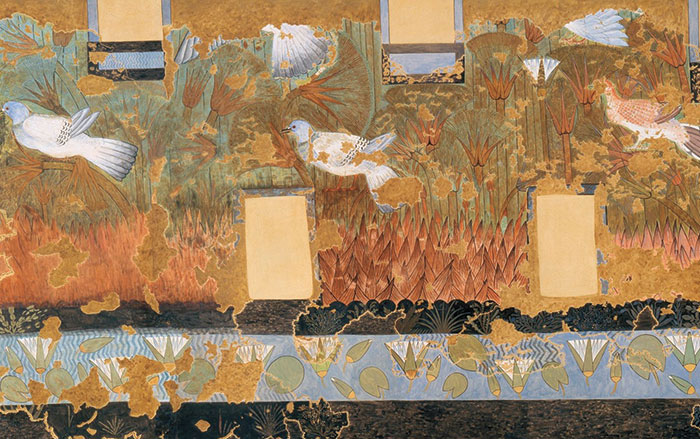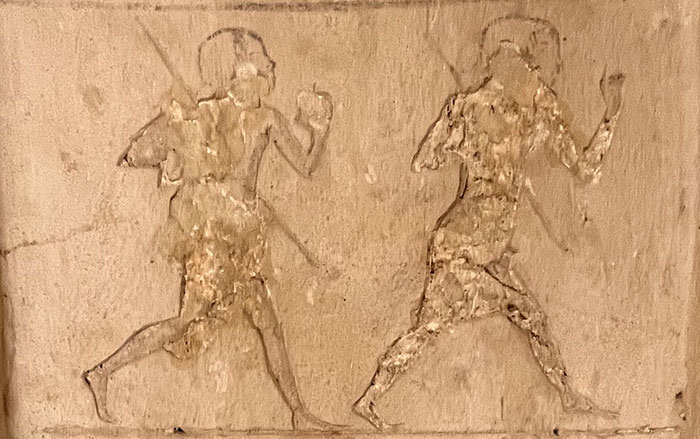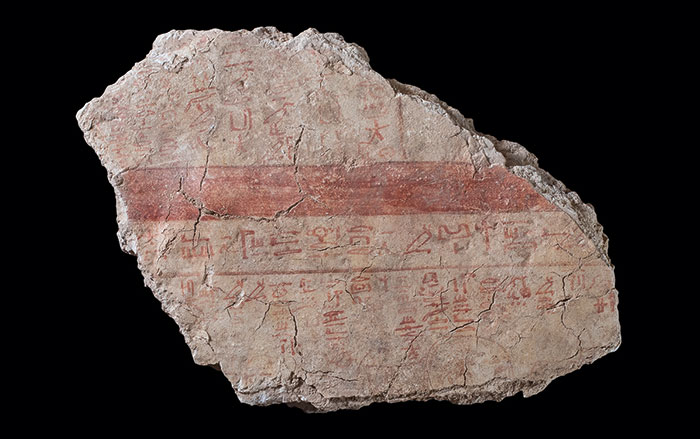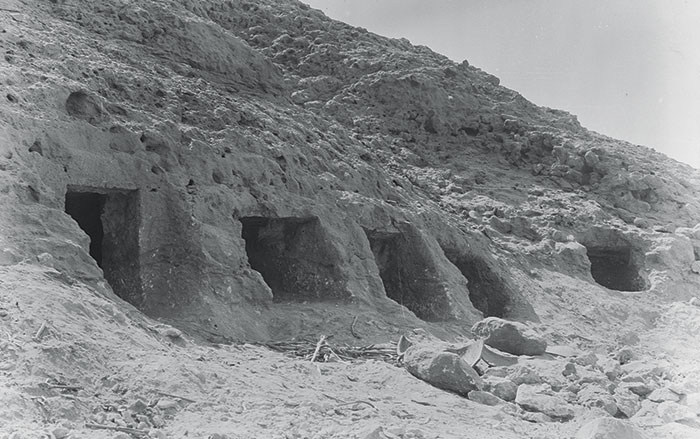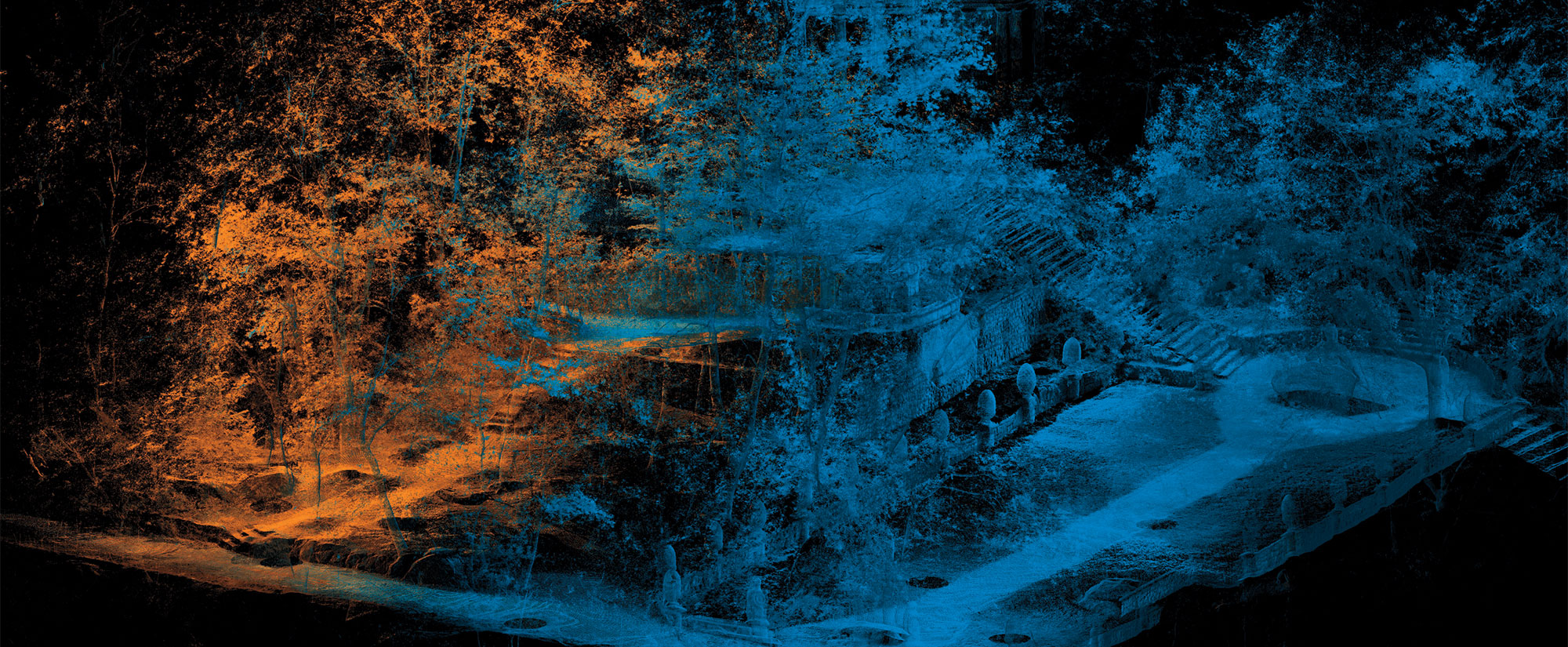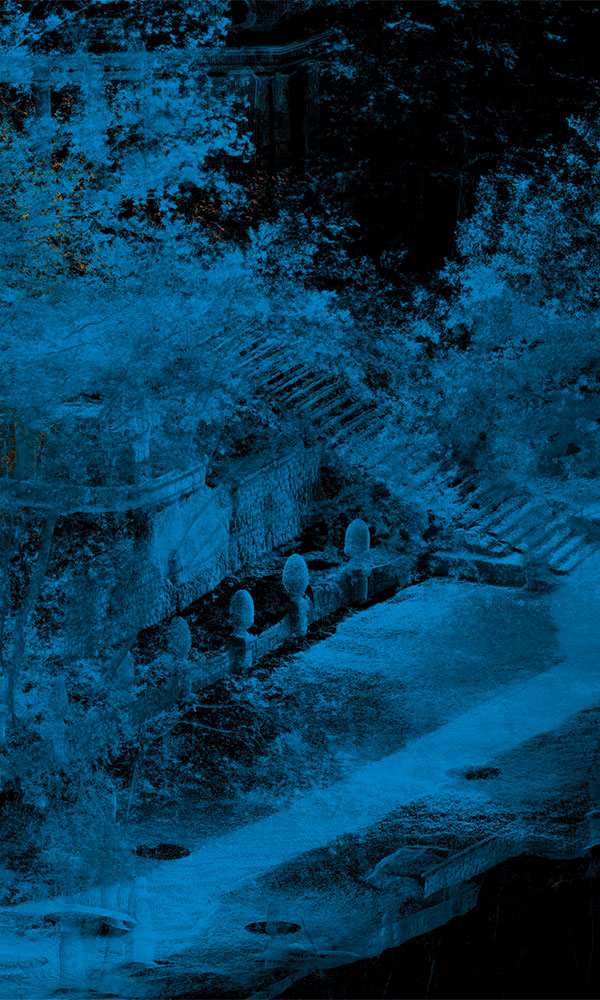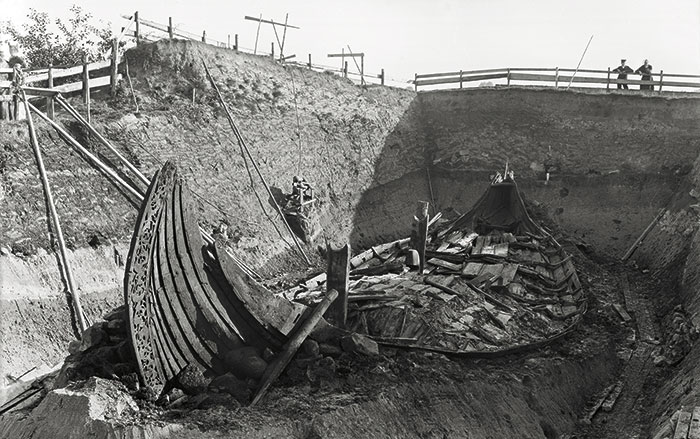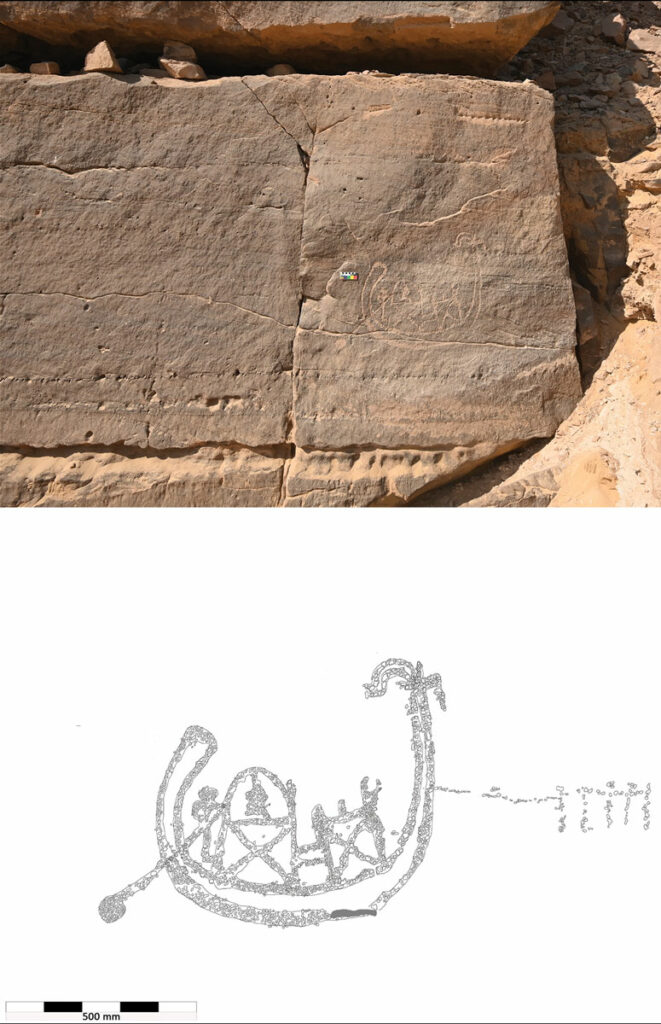
ASWAN, EGYPT—La Brújula Verde reports that a recently discovered rock art panel near Aswan in the Lower Nile Valley is providing new clues about a pivotal time in Egyptian history—the very formation of the ancient Egyptian state itself. The engraving was made around the end of the fourth millennium b.c., when Egypt was transitioning into a unified kingdom under the first pharaoh, a period about which archaeologists still know comparatively little. The scene seems to depict a boat being pulled by five figures, while another guides an oar at the stern. In the middle of the vessel sits another character portrayed with an elongated chin reminiscent of the false beards that symbolized royalty and were worn by Egyptian leaders since the 1st Dynasty. Researcher Dorian Vanhulle from the Musée du Malgré-Tout believes the panel may represent one of the very first rulers or nobles of Egypt, who may have commissioned the artwork in a highly visible location to convey a message of power and authority during a fragile political time. “This panel is an important addition to the existing corpus of engravings that can help us better understand the role of rock art in the crucial events that led to the formation of the Egyptian state,” he said. Read the original scholarly article about this research in Antiquity. For more on the first pharaohs, go to "Searching for Lost Cities: Egypt's First Capital?"
